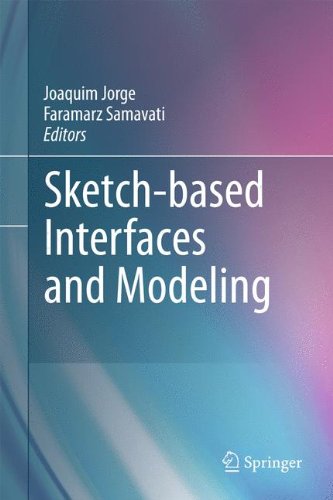

Most ebook files are in PDF format, so you can easily read them using various software such as Foxit Reader or directly on the Google Chrome browser.
Some ebook files are released by publishers in other formats such as .awz, .mobi, .epub, .fb2, etc. You may need to install specific software to read these formats on mobile/PC, such as Calibre.
Please read the tutorial at this link: https://ebookbell.com/faq
We offer FREE conversion to the popular formats you request; however, this may take some time. Therefore, right after payment, please email us, and we will try to provide the service as quickly as possible.
For some exceptional file formats or broken links (if any), please refrain from opening any disputes. Instead, email us first, and we will try to assist within a maximum of 6 hours.
EbookBell Team

4.3
88 reviewsThe field of sketch-based interfaces and modeling (SBIM) focuses on developing methods and techniques to enable users to interact with a computer through sketching - a simple, yet highly expressive medium. SBIM blends concepts from computer graphics, human-computer interaction, artificial intelligence, and machine learning. Recent improvements in hardware, coupled with new machine learning techniques for more accurate recognition, and more robust depth inferencing techniques for sketch-based modeling, have resulted in an explosion of both sketch-based interfaces and pen-based computing devices.
Presenting the first coherent, unified overview of SBIM, this unique text/reference bridges the two complementary research areas of user interaction (sketch-based interfaces), and graphical modeling and construction (sketch-based modeling). The book discusses the state of the art of this rapidly evolving field, with contributions from an international selection of experts. Also covered are sketch-based systems that allow the user to manipulate and edit existing data - from text, images, 3D shapes, and video - as opposed to modeling from scratch.
Topics and features:
This text is an essential resource for researchers, practitioners and graduate students involved in human-factors and user interfaces, interactive computer graphics, and intelligent user interfaces and AI.
Dr. Joaquim Jorge is a professor at the Computer Science and Engineering Department (DEI) of the School of Engineering (IST) at the Technical University of Lisbon, Portugal.
Dr. Faramarz Samavati is an associate professor at the Department of Computer Science at the University of Calgary, Canada.